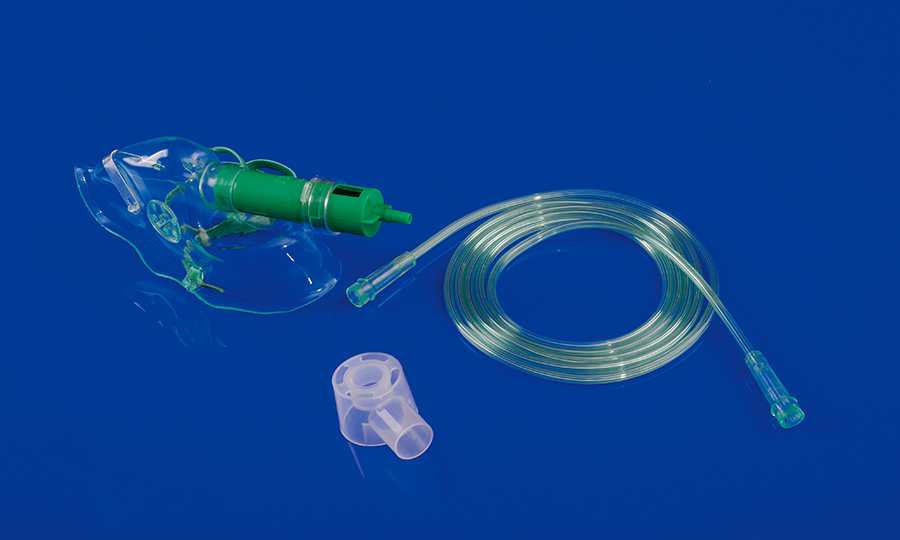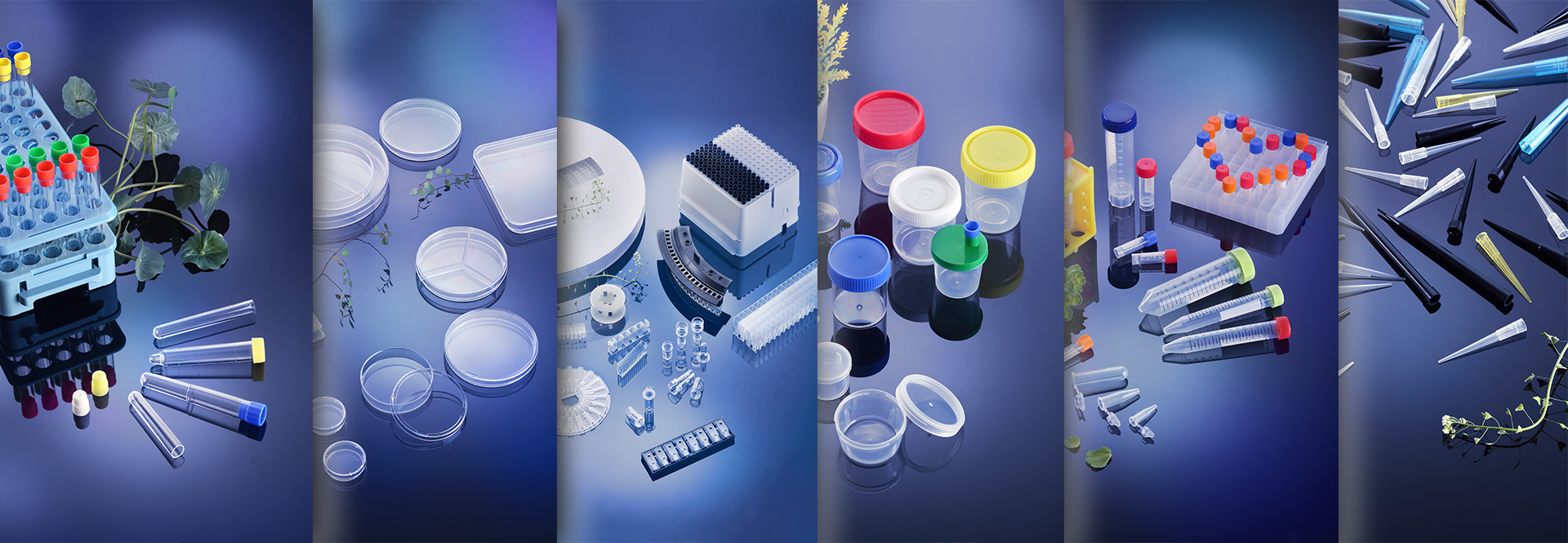Oxygen masks play a crucial role in respiratory therapy by ensuring the effective delivery of oxygen to patients with respiratory conditions. In this article, we delve into the different types of oxygen masks, their uses, and the benefits they provide. Understanding the functionalities and significance of these medical devices is essential for patients and healthcare professionals alike. Discover the various types of masks available and how they optimize oxygen therapy to improve respiratory health and enhance patient outcomes.


Oxygen Mask Ⅱ
l Sterilized by EO gas. Non-toxic. Non-pyrogenic, single use only
l Safe, simple delivery of variable Oxygenconcentrations.
l Adjustable Mask, with four sizes XL, L,M,S available.
l There’s white diluterfor high Oxygen concentration and greenfor low concentrationbeing responsible for adjustment of three different Oxygenconcentrations.
l Can match up with many other adapterswhich fits the Mask.

Oxygen Masks are an integral part of respiratory therapy, facilitating the delivery of vital oxygen to patients with respiratory conditions. These medical devices come in various types, each designed to serve specific purposes and meet different patient needs. Understanding the different types of Oxygen Masks, their uses, and the benefits they offer is crucial for both patients and healthcare professionals.
The most commonly used oxygen mask is the simple face mask, which covers the nose and mouth. It is connected to an oxygen source and delivers a continuous flow of oxygen to the patient. This type of mask is particularly suitable for patients requiring low to moderate levels of oxygen supplementation. However, it may not provide precise oxygen concentration control.
Venturi masks, on the other hand, employ the principle of air entrainment to deliver a precise oxygen concentration to the patient. These masks consist of color-coded adapters that allow for the selection of different oxygen concentration levels. By adjusting the flow rate, healthcare providers can provide the desired oxygen concentration accurately.
Another type of oxygen mask is the non-rebreather mask, which provides a higher oxygen concentration and is commonly used in emergency situations. It ensures that the patient inhales pure oxygen and exhales any exhaled air away from them, preventing the rebreathing of carbon dioxide.
The benefits of using oxygen masks are numerous. They ensure efficient oxygen delivery, aiding in the proper oxygenation of tissues and organs. The masks also play a crucial role in relieving respiratory distress, improving breathing patterns, and preventing further complications associated with respiratory conditions.
Proper fitting and positioning of the oxygen mask are essential for its effectiveness. It is crucial to ensure a snug fit to prevent oxygen leakage and maximize oxygen delivery. Regular monitoring of oxygen saturation levels and consultation with healthcare professionals are important to adjust the oxygen flow as needed.
In conclusion, oxygen masks are vital medical devices in respiratory therapy, promoting effective oxygen therapy and improving patient outcomes. Understanding the different types of masks, their uses, and the benefits they offer allows patients and healthcare professionals to make informed decisions regarding respiratory treatment. By ensuring proper usage and monitoring, oxygen masks contribute to better respiratory health and overall well-being.

Contact: Neo
Phone: 008615867460640
E-mail: Info@Hwtai.com
Whatsapp:008615867460640
Add: Building 2, Xinmao Qilu Science Technology Industrial Park, Tianqiao District, Jinan City, Shandong Province,China.
We chat
